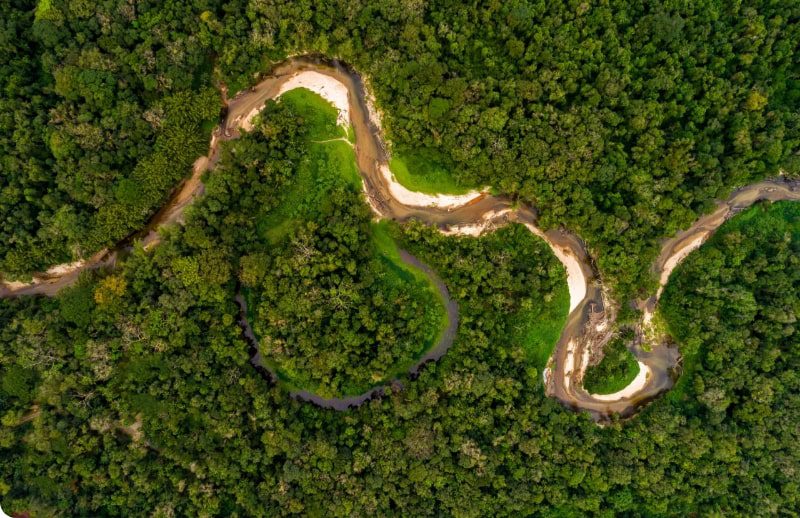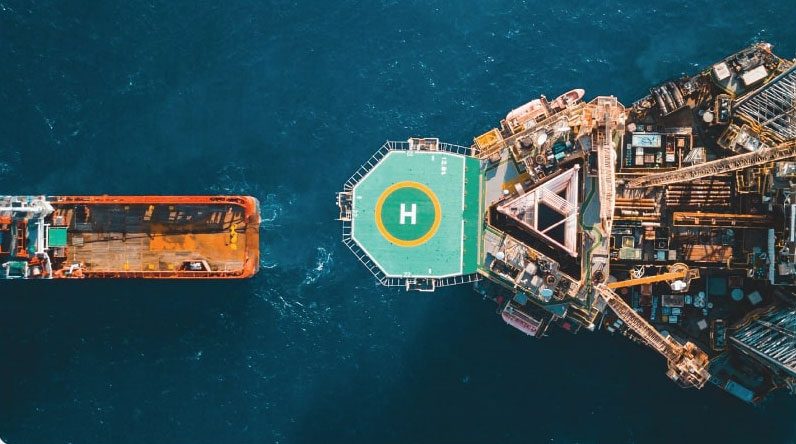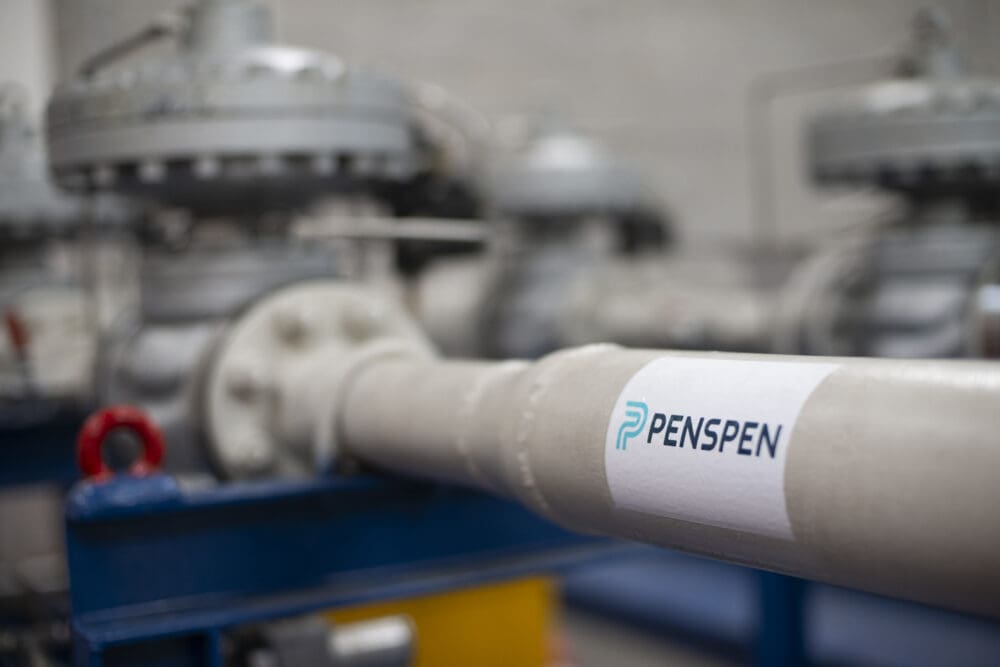Remaining Life Calculations for a Pipeline
Challenge
A pipeline maintained by Penspen serves as part of a prominent UK airport which transports aviation fuel from a local refinery back to its base. Historically, a series of ILIs (In-Line Inspections) has been completed for this pipeline. Manual feature matching between these large ILI data sets to obtain a Corrosion Growth Rate (CGR) would be a time-consuming process.
THEIA’s ‘Feature Matching & CGR’ module immediately came to mind as an alternative approach.
Services
THEIA’s ‘Feature Matching & CGR’ module immediately came to mind as an alternative approach. All ILI data sets for the Backford to Plumley pipeline were uploaded into THEIA’s data lake. These included both Magnetic Flux Leakage (MFL) ILI and Ultrasonic (UT) ILI data sets from a range of vendors including the most recent 2021 Baker Hughes MFL ILI data set. Other essential information uploaded into THEIA for integrity assessment includes pipeline properties, construction data and ILI dates and tool tolerances. THEIA’s ‘Feature Matching & CGR’ module enabled combinations of multiple data sets to be selected and then run as feature matching and CGR analyses. Each of these analyses represents a different combination of data sets. A single analysis took a maximum of several minutes to complete.
Result
Results from THEIA for these analyses were feature-matching statistics and a range of internal and external CGRs including the mean and 95 percentile upper bound CGRs. From these CGRs, a credible CGR was selected to calculate the remaining life of the pipeline and the next ILI date. These formed part of the recommendations in the final integrity assessment report issued to the client.
Clearly, CGRs with THEIA saved a lot of time on the pipeline integrity assessment project. Manual feature matching and resulting CGR calculations required to generate equivalent CGRs would have taken days of engineering time.
A validation exercise on one of these THEIA analyses results vs manual feature matching and CGR was also completed. THEIA’s ‘Feature Matching & CGR’ module matched 572 external corrosion features between UT ILI and MFL ILI data sets. 532 external corrosion features were then manually matched for these 2 data sets – a process which took many hours. CGRs then had to be calculated separately for these manually matched features using internal Penspen software. A comparison of the external CGRs results from THEIA versus those from manual feature matching showed that they were very close – within 0.1 mm/year of each other. These strong validation results provide confidence in THEIA’s ‘Feature Matching & CGR’ module to calculate CGRs equivalent to those generated from manual feature matching.
Reach Out to our Experts
"*" indicates required fields





